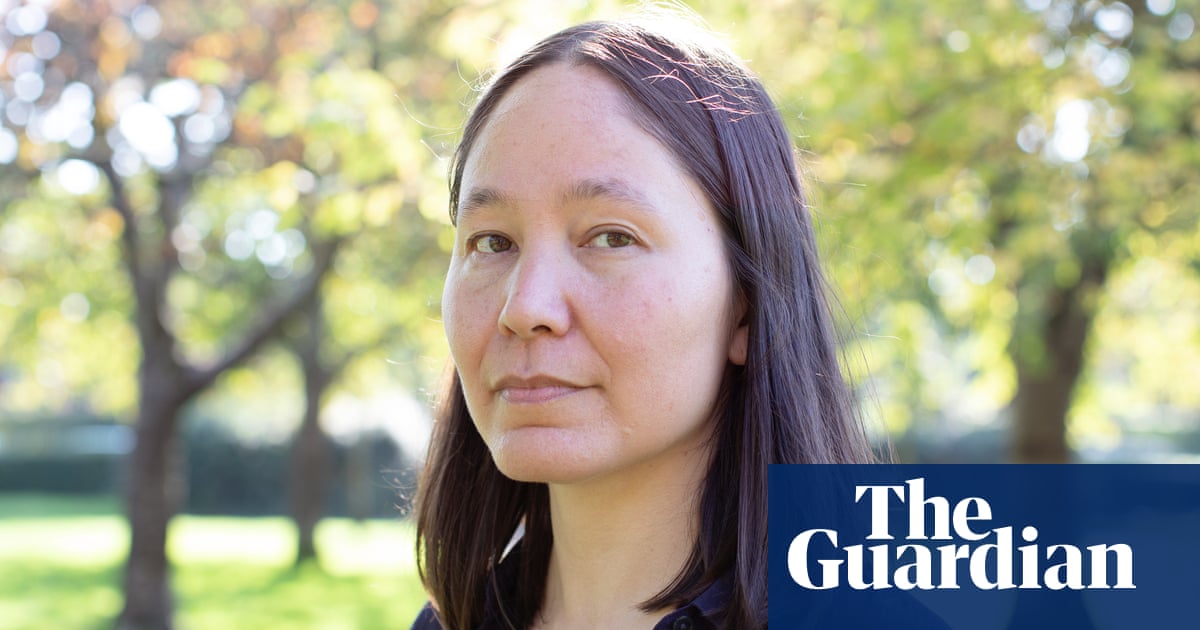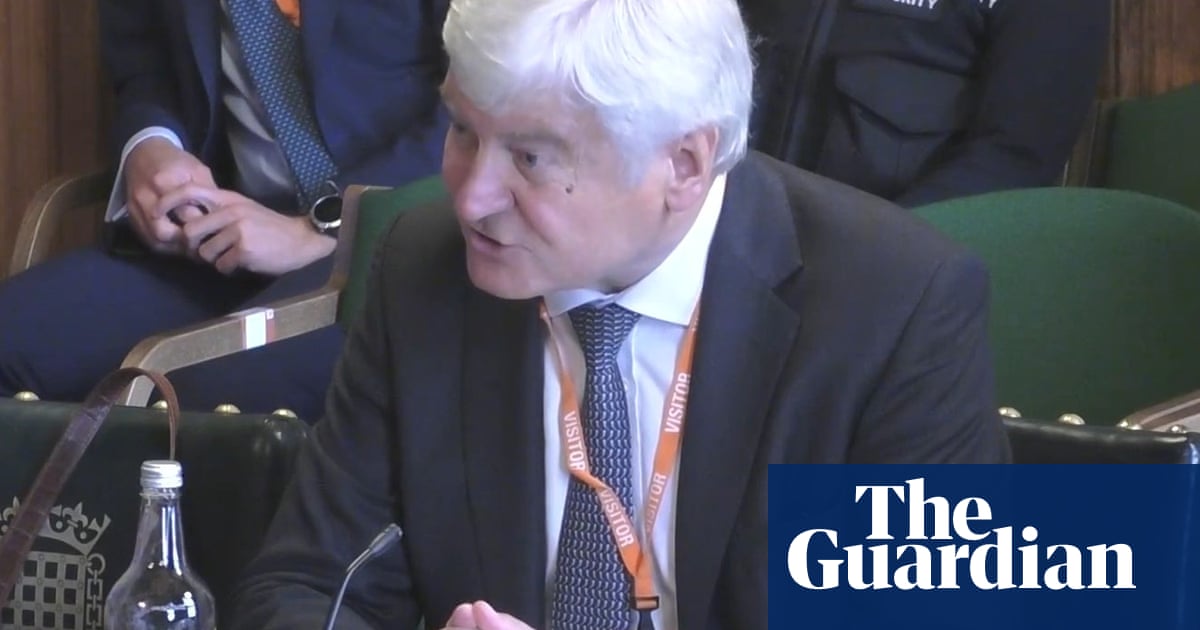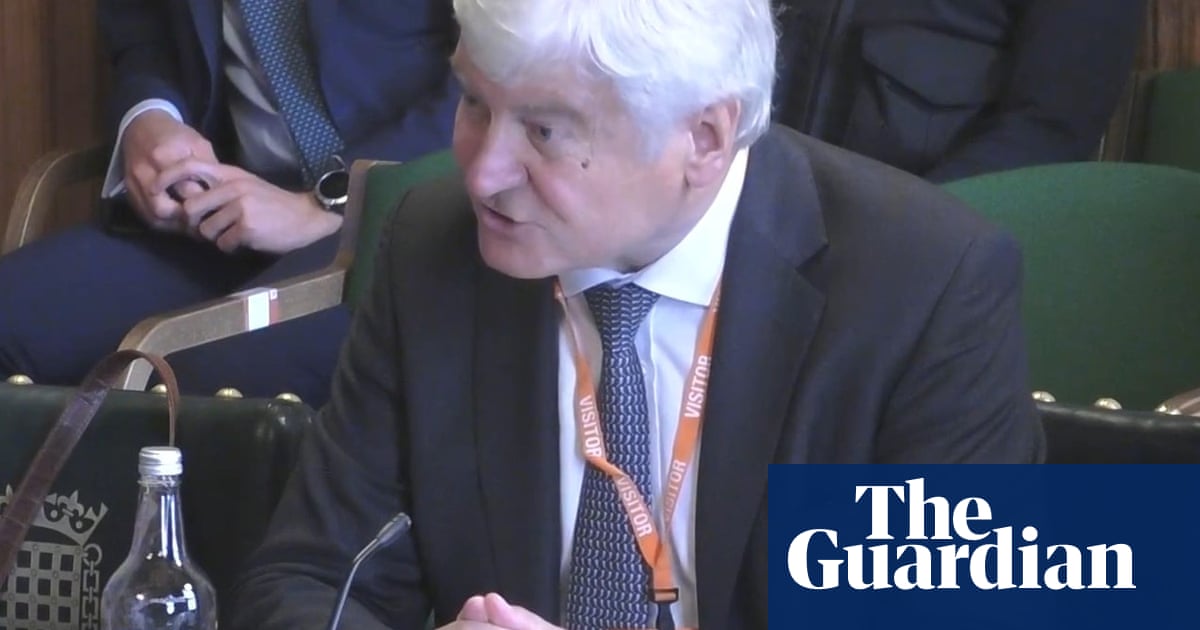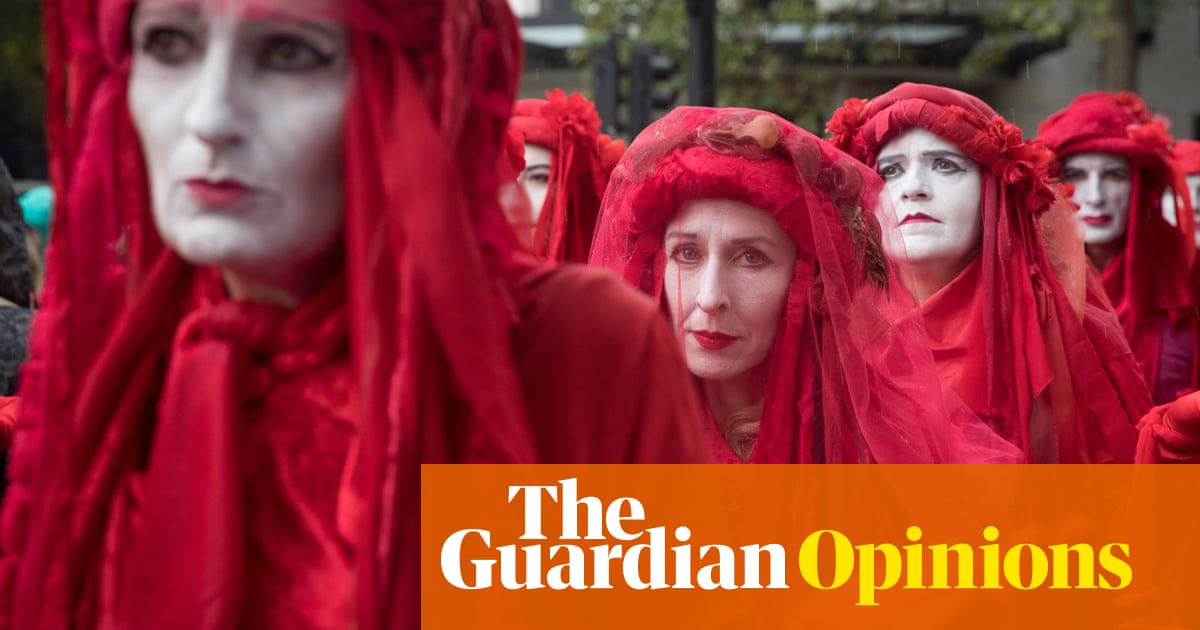One Sunday last September, I sat at a table outside one of Lyon’s famous traditional “bouchon” restaurants, eating a sumptuous prix-fixe lunch, as the heavens opened and a small monsoon pounded the cobbles around me and the parasol above my head. The waiter asked if I wanted to move inside. I demurred; as long as my andouillette and I were still largely dry, I was enjoying the people-watching and the view of the pretty, sand-coloured buildings too much to worry about a few stray drops. If a bit of rain didn’t put me and my fellow diners off, why should many parts of the infamously cloudy UK be so opposed to the notion? In fact, London has less annual rainfall than Rome, Paris or Vienna.
Foremost among the stories we tell about ourselves as a nation is that we do things differently to those carefree continentals. There is a reason we have had to take – and mistranslate – the term “alfresco” from the Italians and “flâneur” from the French (dawdler), and are still ignoring the Spanish “sobremesa” (after-dinner socialising around the table) and “paseo” (an early-evening stroll) – because we have often been a private, lonely bunch compared with our neighbours across the Channel. You will be familiar with the trope: an Englishman’s home is his castle and, given that the moat is maintained by Britain’s private water companies, it is probably safest if we shelter indoors until the worst has passed.
But the weather that gave us the sunniest April on record has continued into May and pushed a lot of Britons out of their homes, blinking into the light. In a canny attempt to make hay while the sun shines, the London mayor, Sadiq Khan, has announced the Summer Streets fund, a new plan to support outdoor dining and drinking, and extend opening hours in the capital. The £300,000 provided will support London’s 32 councils (and the distinct City of London) to create new outdoor eating and drinking areas, while restaurants, venues and bars have been promised that their red-tape burden and fees will be waived or reduced. It’s not a lot of money – the mayor doesn’t have access to a lot of money – but the principle, and the signal of intent about what our cities should look like, is important.
The ostensible motive is to throw a bone to a desperate hospitality industry. Food and drink businesses have faced the impact of Brexit, then Covid and soaring costs, staff shortages and supply-chain disruption – not to mention turbo-charged rents in our major cities. During the pandemic, spurred by the need for social distancing and fresh air, hospitality across the country created dedicated outdoor seating areas aided by temporary road closures.
However, not all of these changes stuck. Soho’s high-profile scheme was wound up by Westminster council in September 2021, after a concerted campaign by local residents – and no fewer than 16,000 new outdoor seats were folded up and brought inside. Specific pavement licences were introduced in 2020 and are required by law, and carry fees, paperwork and a consultation period – councils take into account pedestrian traffic flow, accessibility, insurance, impact on nearby residents and so on.
Now, with this scheme, some of the joy and conviviality that helped so many people through those dark moments can be revived. There is a socio-cultural miserablism to British self-identity that says “we can’t have nice things like this”, as though it’s “not our way”. I don’t think there is any truth to that: social habits are quickly learned and unlearned, and they largely respond to what is permitted. Build a street-dining culture and people will take the seats on offer.
It could also help offset the tendency of London’s developers to build people-phobic public spaces. Privately owned public spaces, or Pops, such as Canary Wharf (part-owned by Qatar) or More London near Tower Bridge (owned by Kuwait), are just mirages where real public space should be – they are patrolled by private security guards and carry a series of hidden prohibitions, rules and regulations. Then there is “hostile architecture”, which in practice means awkward benches that aren’t comfortable to sit on for longer than two minutes. The “hostility” in the name is primarily directed at homeless people and young people pursuing harmless activities such as skateboarding – but really, the hostility is towards the public in general. The British capital too often feels like an antisocial city full of sociable people. It’s time to let them out to play.
-
Dan Hancox is a freelance writer, focusing on music, politics, cities and culture

 6 hours ago
6
6 hours ago
6

















































